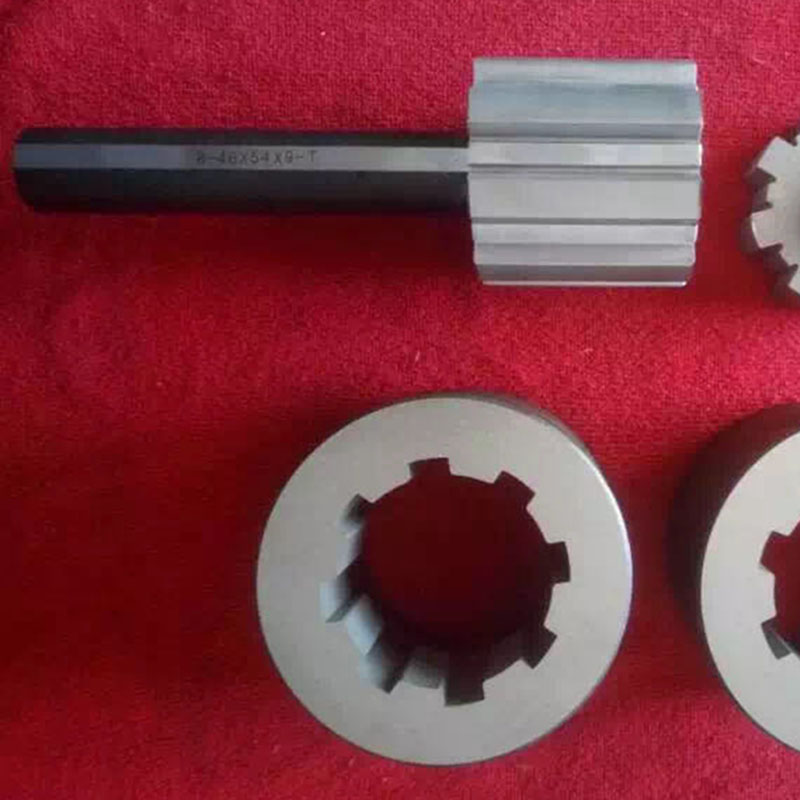окт . 11, 2024 11:13 Back to list
Y Shaped Strainer for Efficient Filtration and Fluid Management Solutions
Understanding Y-Shaped Strainers Essential Components in Fluid Systems
In various industrial and commercial applications, particularly in fluid management systems, maintaining the integrity and efficiency of operations is crucial. One essential component that plays a significant role in achieving this is the Y-shaped strainer. This device serves as a mechanical filter, designed to protect downstream equipment from harmful contaminants in the fluid being transported. In this article, we will explore the functionality, types, applications, and maintenance of Y-shaped strainers, highlighting their importance in ensuring operational efficiency and longevity in fluid systems.
What is a Y-Shaped Strainer?
A Y-shaped strainer, as the name suggests, is designed in a 'Y' configuration, allowing the fluid to flow through it while simultaneously trapping any particulates or debris. Unlike other types of strainers, the unique shape of the Y-strainer helps in managing flow and reducing pressure losses effectively. It typically consists of a main body, cover, and a filter element. The filter element varies based on the application, ranging from a simple mesh screen to a more complex perforated plate, depending on the size and nature of the particles to be filtered out.
How Does It Work?
The operation of a Y-shaped strainer is straightforward. As fluid enters the strainer, it is directed into the 'Y' shape, allowing the fluid to pass through the filter medium. Larger contaminants are trapped on the filter surface, while clean fluid continues through the outlet. This design not only ensures that the system operates smoothly but also minimizes turbulence, which can lead to wear and tear on equipment. The effective filtration process is paramount in various applications, especially in systems susceptible to contamination, such as pumps, heat exchangers, and valves.
Types of Y-Shaped Strainers
Y-shaped strainers come in various materials and designs to suit different operational settings
. The most common types include1. Woven Mesh Strainers Made from stainless steel or other sturdy materials, these strainers feature a fine mesh that captures smaller particles effectively. They are often used in applications requiring high precision.
2. Perforated Plate Strainers These strainers have a series of holes in a solid plate, suitable for larger particles. The sizing of the holes depends on the specific needs of the system.
3. Plastic Strainers In less demanding environments, plastic Y-strainers can be utilized for cost-effective solutions, particularly in chemical processing and water treatment applications.
y shaped strainer

Applications of Y-Shaped Strainers
Y-shaped strainers are widely utilized across various industries due to their versatility and efficiency. Key applications include
- Water Treatment Plants Strainers protect pumps and other equipment from clogging with sediments and debris in water sources. - Oil and Gas Industries Protecting pumps and refining equipment from contaminants ensures smooth operations and prevents costly downtime. - Food and Beverage Processing Maintaining hygiene standards while ensuring that unwanted particles do not enter the production line is critical in this industry. - HVAC Systems In heating, ventilation, and air conditioning systems, Y-strainers help maintain cleanliness in fluid pathways, enhancing overall efficiency.
Maintenance and Best Practices
To ensure optimal performance, Y-shaped strainers require regular maintenance. Key practices include
1. Regular Inspection Routinely check for signs of wear, clogging, or damage. This can prevent sudden failures in the system.
2. Cleaning Depending on the level of contamination in the fluid, cleaning the strainer can be necessary. It’s advisable to follow the manufacturer’s guidelines for disassembly and cleaning procedures.
3. Replacement of Filter Elements Over time, the filter elements may become ineffective. Regular replacement as per the manufacturer’s recommendations will ensure continued functionality.
4. Proper Installation Correctly installing the Y-strainer in the fluid system ensures its effectiveness. Pay attention to the orientation, ensuring that the flow direction is properly aligned.
Conclusion
In conclusion, Y-shaped strainers are vital components in fluid management systems, providing protection against contaminants and ensuring the longevity of downstream equipment. Their unique design allows for efficient filtration, making them suitable for diverse applications across multiple industries. Maintaining these strainers through regular inspections, cleaning, and proper installation practices is essential for optimal operation. As industries continue to advance, the role of Y-shaped strainers will undoubtedly remain critical in the pursuit of efficiency and reliability in fluid systems.
-
The Role of Cast Iron T Slot Plates in RoboticsNewsMay.12,2025
-
The Importance of Parallel Rulers in Mechanical EngineeringNewsMay.12,2025
-
Heavy-Duty Applications for Granite Surface Plate for SaleNewsMay.12,2025
-
Cast Iron Y Strainer: A Reliable Solution for Dirty FluidsNewsMay.12,2025
-
Boosting Workshop Productivity Using Granite BlocksNewsMay.12,2025
-
Water Control Valves: Essential Components for Fluid RegulationNewsMay.08,2025
Related PRODUCTS









